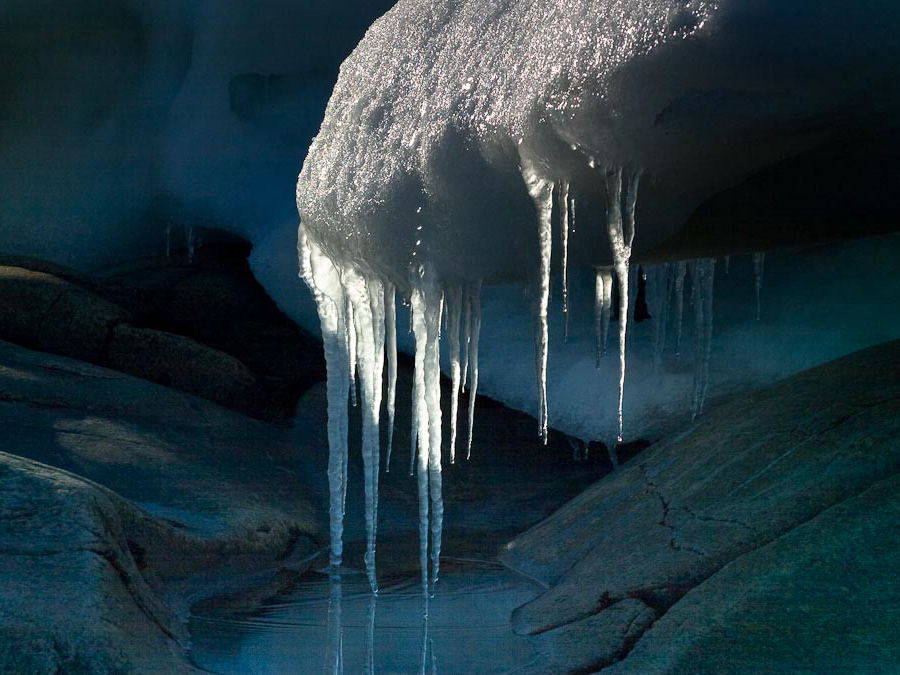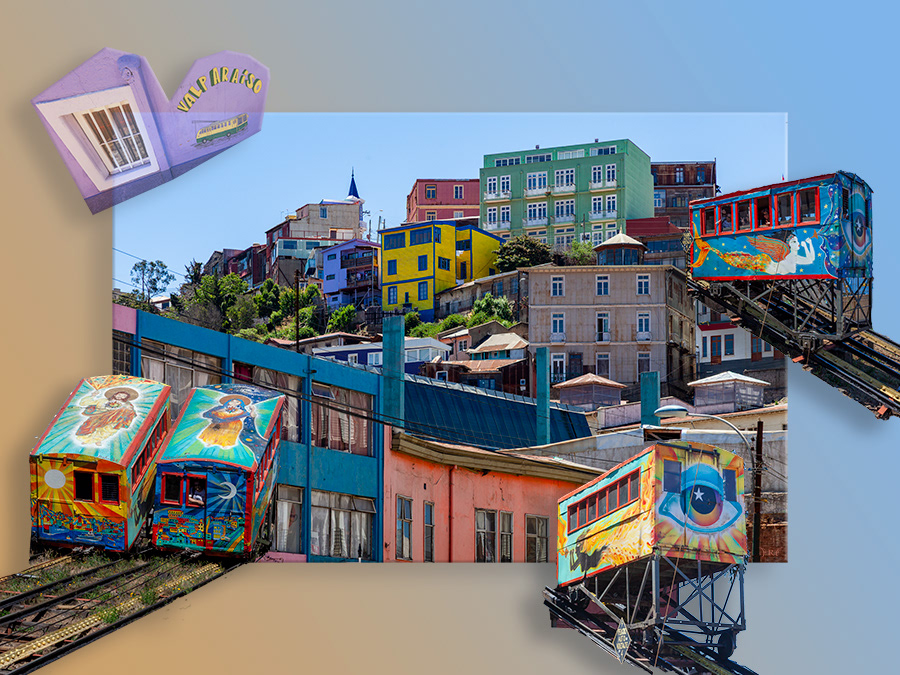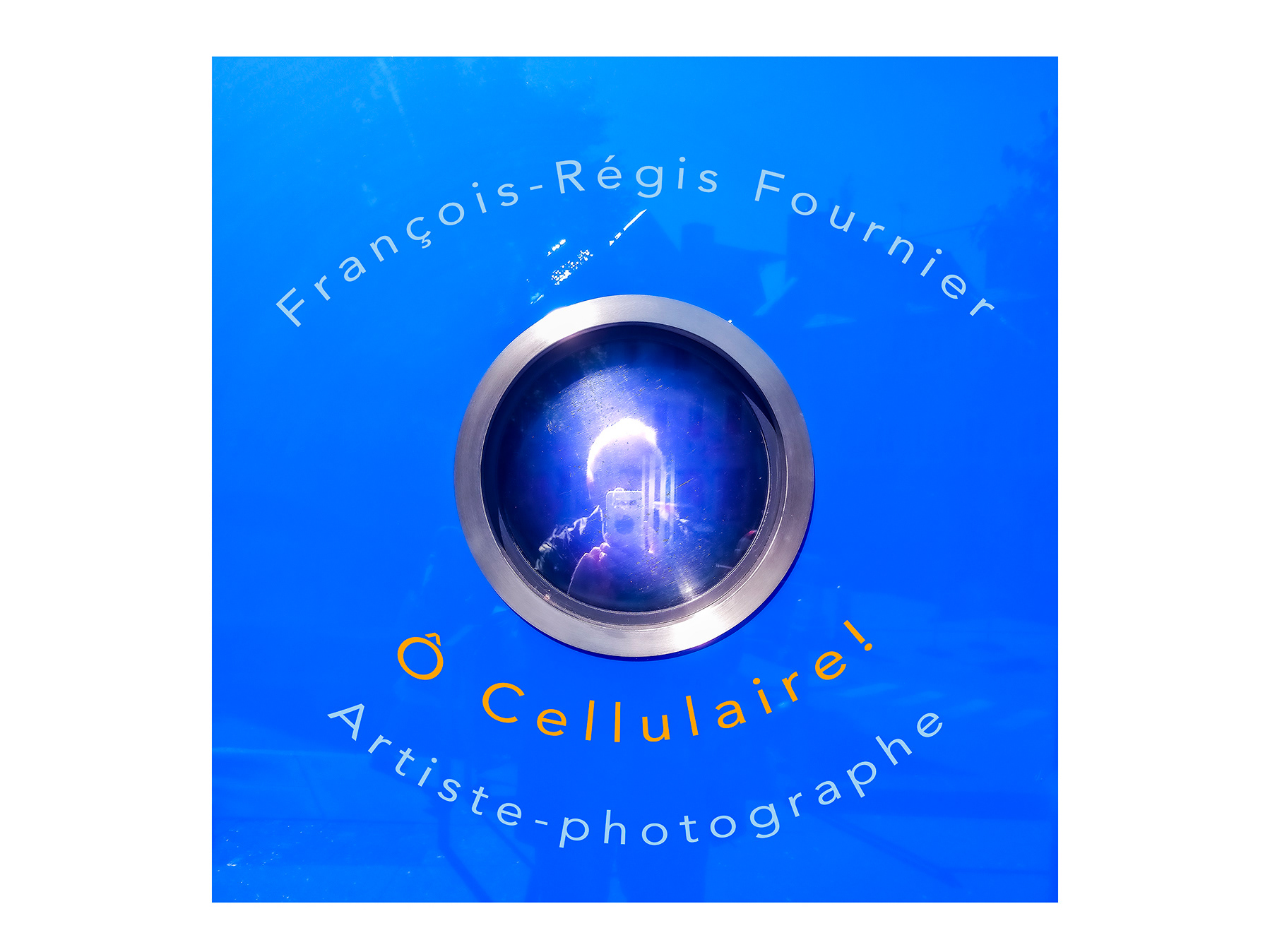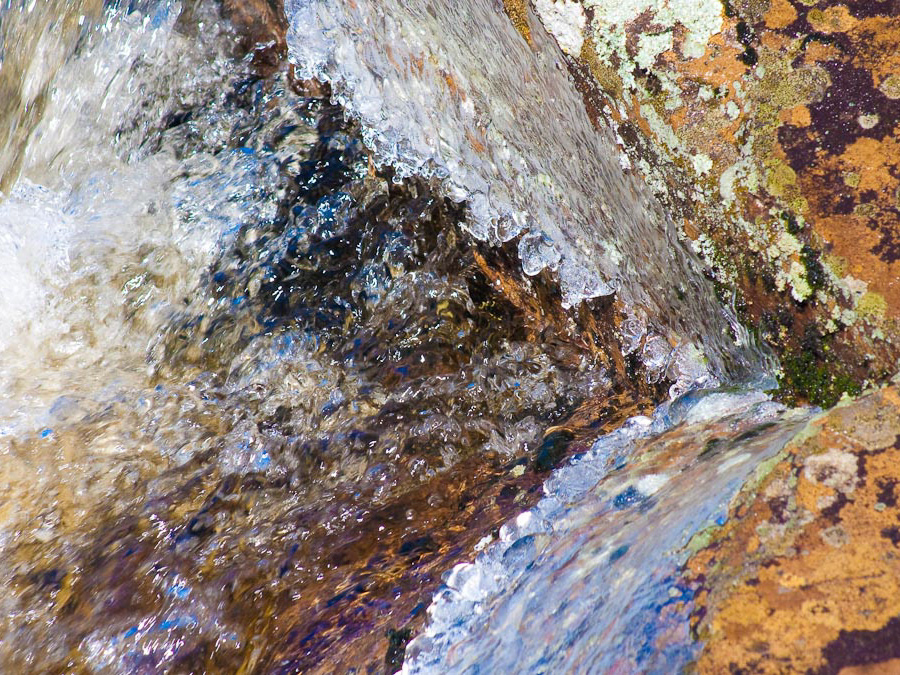Rivière Mastigouche – Lanaudière
_________________________________________________________________________
_________________________________________________________________________
_________________________________________________________________________
Who she is?
Adriana Ramponi wrote the French and Spanish versions of the poem which is the source of the project.
She dedicates an important part of her professional life, in Argentina as well as Quebec and elsewhere, to promoting Quebec culture and North-South exchanges.
The Conseil supérieur de la langue française du Québec has officially recognized her commitment by awarding her the Ordre des francophones d’Amérique.
We congratulate her.
How Oh river... came to her
In February 2006, I spent a delightful month of –35°C in Canada with old friends. While visiting Montreal, I contacted photographer François-Régis Fournier at the suggestion of a colleague who had invited him to a symposium on Cultural Heritage in the city of Còrdoba. He was to exhibit a collection of photographs on the legacy of the Jesuits in Argentina and in Canada.
I was interested in getting to know his work and weighing the possibility of presenting it in Buenos Aires. And that’s just what happened. An exhibition was held in Buenos Aires sponsored by the Argentine Secretariat of Culture and the Canadian Embassy. The venue chosen was most appropriate : the Manzana de las Luces, an historic site, the place whence the Jesuits started the evangelization of Argentina.
I introduced Fournier to Ana Pfeiffer, who was then director of the Center for Argentinian Canadian Studies in Buenos Aires. She was organizing an international symposium on water in different spheres - scientific, social, environmental - and she wanted to include water in art and poetry. She invited Fournier to set up an exhibition and myself to make a non-scientific presentation. I proposed to talk about the Saint Lawrence river in a poetic way. My idea was to associate this river, major passageway through Canada and road of all migrations, to our own Río de la Plata, and to establish affinities between the two rivers which would point to similar destinies and link our cultures of North and South.
Fournier returned to Canada and, right away, I started receiving many of his photographs. Thanks to these images, I began to understand his particular brand of esthetic sensitivity and special connection with his camera. I immersed myself in his frosty white winters and deep, ‘dramatic’ blues, and I felt the beat of an exhuberant nature that had already fascinated me when I first discovered it in 1987.
The symposium was fast approaching. I asked Fournier whether I could use his pictures as inspiration for my paper, which would later result in an audio-visual presentation. Without hesitation, he answered : “I will put together a portfolio of photos of water in all its different states, and I will send it to you as soon as possible.” He sent me 1519 pictures! Through them, I discovered all sorts of hidden places, all breathtakingly beautiful. Among his pictures, I chose 403. Each photograph was a challenge, each image suggested its own poetic association. Words that expressed the emotions emanating from the pictures flowed spontaneously; they danced seductively before my eyes, beckoning me to seize them.
Part One :
I describe the geology of the chosen spots and give the age of the land; then, I announce the discovery and exploration of the continent by Europeans; the emphasis is on the great river in the North, which, together with the one in the South, opened the way to colonization.
Part Two :
Each photograph inspires me to write a text, each text corresponds to a picture. And so it went : I tried to recreate poetically the voyage of the discoverers who saw the Americas appear on a distant horizon; they sailed deep along vast rivers, incredibly wide, whose waters carried the meaning of the whole adventure. And they did all that in order to have a country, one that man would work hard to develop, using the river as “the road that walks”, and even exploiting it until its waters became cloudy.
The End :
In an attempt to give back to nature its wrongfully taken treasures, the new man, cleansed of his guilt and now committed to preserve the environment, sings an ode to the river and beseeches it to restore him to life.
Out of the 403 photographs, only 156 were left.
Oh River… began to flow as a poem in images. It travelled to many cities in Argentina and it went as far as Tierra del Fuego where it took part in the International Polar Year in 2008; then to Chile and Paraguay, and up to Canada, to the cities of Montreal and Quebec. It travelled so much that it had to record its most colorful notes on a musical stave. Michel Smith composed a special music that both describes and rewrites the poem, gives it a rhythm and a personality, reinvents and sublimates it.
Thank you to the entire wonderful team, including those who later joined their passionate voices, in French, Julie Vincent and Sébastien Dodge; in Spanish, Carlos Leguizamòn and myself; in English, Dorothée Berryman and Victor Andrès Trelles Turgeon. Thank you to Bianca Zagolin who was able to recreate my text in English so poetically, making it both strong and soft, bubbling and calm like the waters of the great river. She also did the English version of the Website.
Thank you to Juan Manuel Varni for giving life to the DVD.
Above all, my thanks go to Ana Pfeiffer, now president of the Argentine Association for Canadian Studies (ASAEC), for believing in the project and supporting it enthusiastically.
Finally, thank you to the network of friends who are celebrating this achievement.
Adriana Ramponi, January 2012.
_________________________________________________________________________









